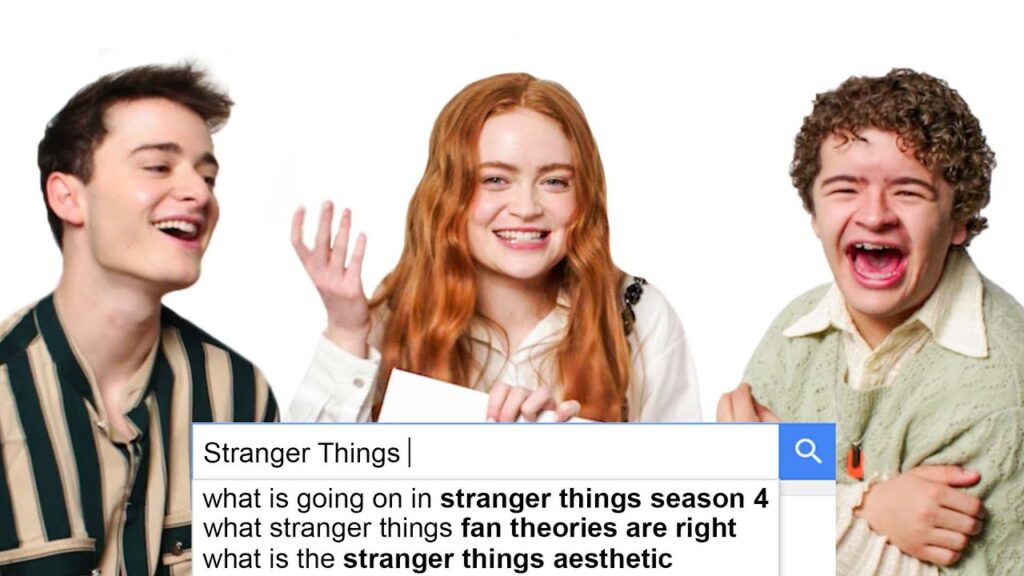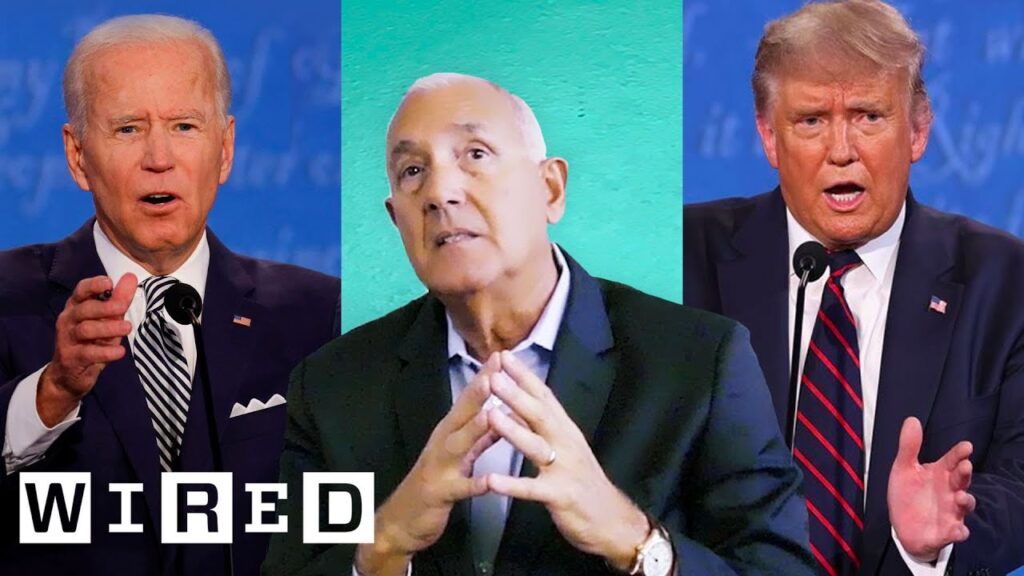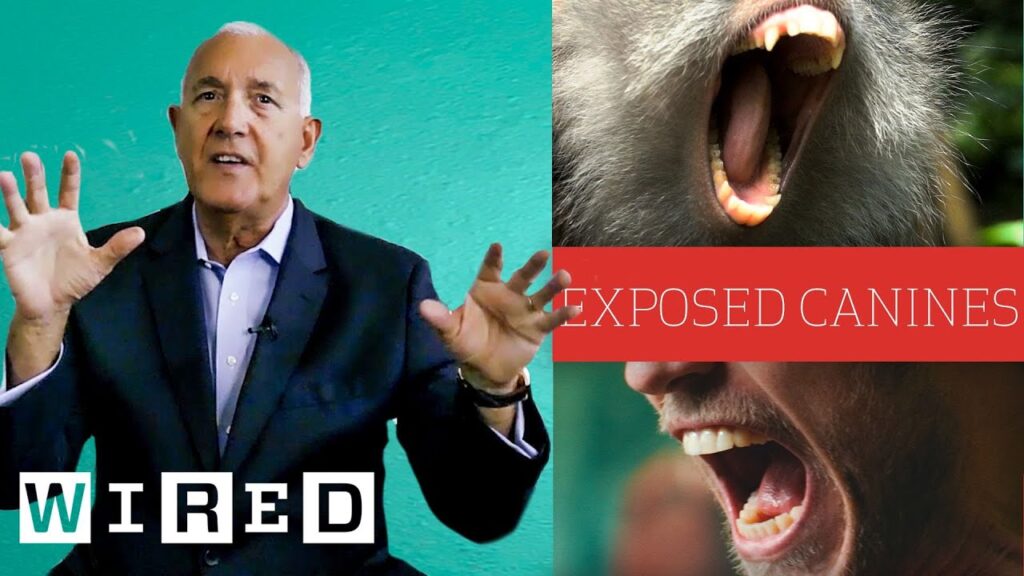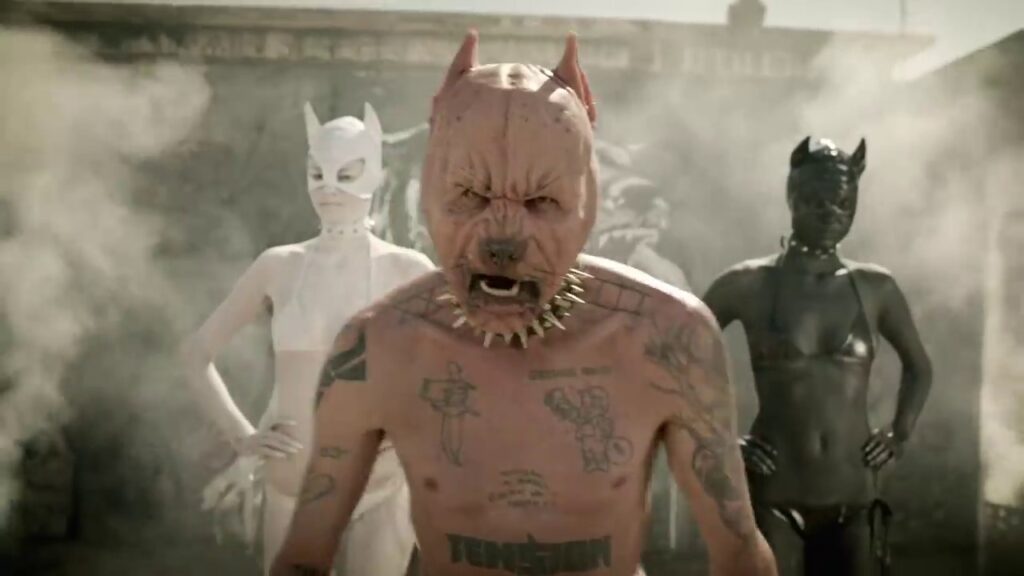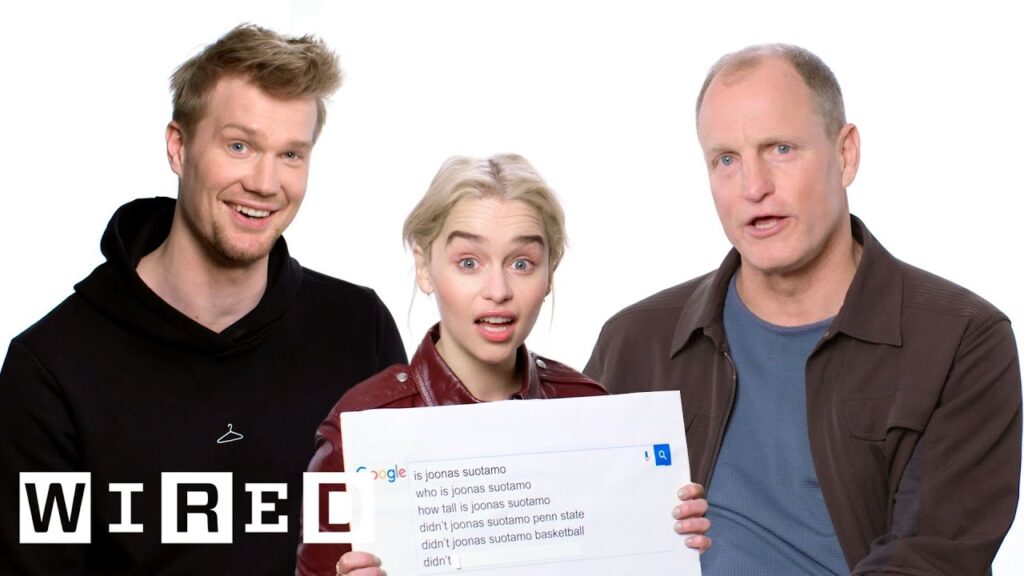Debunking Myths About Billionaires and Income Inequality
Summary
The idea that billionaires are wealth creators who invest their money to create jobs and boost the economy is a myth. In reality, the ultra-rich are becoming a black hole for wealth and are sucking the wealth out of the economy. As the ultra-rich become increasingly richer, the share of income going to the top 1% continues to double since the early 80s. Contrary to popular belief, the ultra-rich are not investing their wealth back into the economy through real investment, but instead are hoarding their savings. Research shows that real investment by the ultra-rich has decreased by 2-3% over the past few decades. Meanwhile, automation is on track to eliminate close to 20 million jobs worldwide in manufacturing by 2030. Philanthropy and charity do not negate the negative effects of extreme inequality, and the only solution is serious reformation of the tax system. A wealth tax on very high levels of wealth would be a good thing in this economy as it would take away some of the excess savings and channel it back into the economy through spending.
Table of Contents:
- Myth of Self-Made Billionaires
- Hoarding Wealth instead of Investing
- Slowdown in Business Creation and Job Growth
- Philanthropy and Charity Cannot Negate Negative Effects of Extreme Inequality
- Serious Reformation of the Tax System is the Solution
Myth of Self-Made Billionaires
The idea that billionaires are self-made is a myth, and increasingly more and more of them inherited their wealth. Most of the ultra-rich grew up in wealthy families or in the upper middle or middle class. It is becoming more important how wealthy your parents are if you want to be successful. The share of income going to the top 1% of households has almost doubled since the early 80s. To become a billionaire, you need to make a million dollars every single day for three years. While there are some self-made billionaires, they are becoming less common.
Hoarding Wealth instead of Investing
Contrary to popular belief, the ultra-rich are not investing their wealth back into the economy through real investment, but instead are hoarding their savings. Research shows that real investment by the ultra-rich has decreased by 2-3% over the past few decades. Meanwhile, automation is on track to eliminate close to 20 million jobs worldwide in manufacturing by 2030. When rich people invest, they don’t necessarily have to create new resources, they can use that money to buy existing assets or drive the government into debt. The top 1% saves an average of 50 cents for every dollar of disposable income they receive. This lack of consumption leads to a shrinking economy.
Slowdown in Business Creation and Job Growth
Automation is replacing human workers, and a slowdown in business creation has led to a decline in competition. Large companies like Walmart and Amazon don’t necessarily increase their workforces as they become more dominant. There has been a slowdown in competition from smaller businesses, creating a slowdown in business creation and job growth. The billionaire class owns the corporations and the land, so of course, they control who works or not. While high-profile billionaires are behind some of the largest employers in the country, they are quick to lay off workers.
Philanthropy and Charity Cannot Negate Negative Effects of Extreme Inequality
Philanthropy and charity do not negate the negative effects of extreme inequality. Although billionaires like Jeff Bezos, Bill Gates, George Soros, and Michael Bloomberg give away tons of wealth through charity, it’s not large enough to actually negate the negative effects of extreme inequality. They may give to charities that they own, and only a small percentage of certain charities’ operating budgets are actually given directly away.
Serious Reformation of the Tax System is the Solution
The only solution to widening income inequality is serious reformation of the tax system. A so-called wealth tax on very high levels of wealth would be a good thing in this economy as it would take away some of the excess savings and channel it back into the economy through spending. In the 50s, 60s, and 70s, top rates of tax, estate taxes, and income taxes were massively higher. During the post-World War II era up until the 80s, there was actually a decline in income inequality. The gap between the haves and have-nots was narrower. According to research, total factor productivity, which measures production output efficiency, was higher too. The economy’s growth was more equitable and robust. If the money is put in the hands of ordinary people, they will spend it and drive the economy. If all the money is in the hands of the very rich, then there will be no spending, and the middle class will become poorer still.
